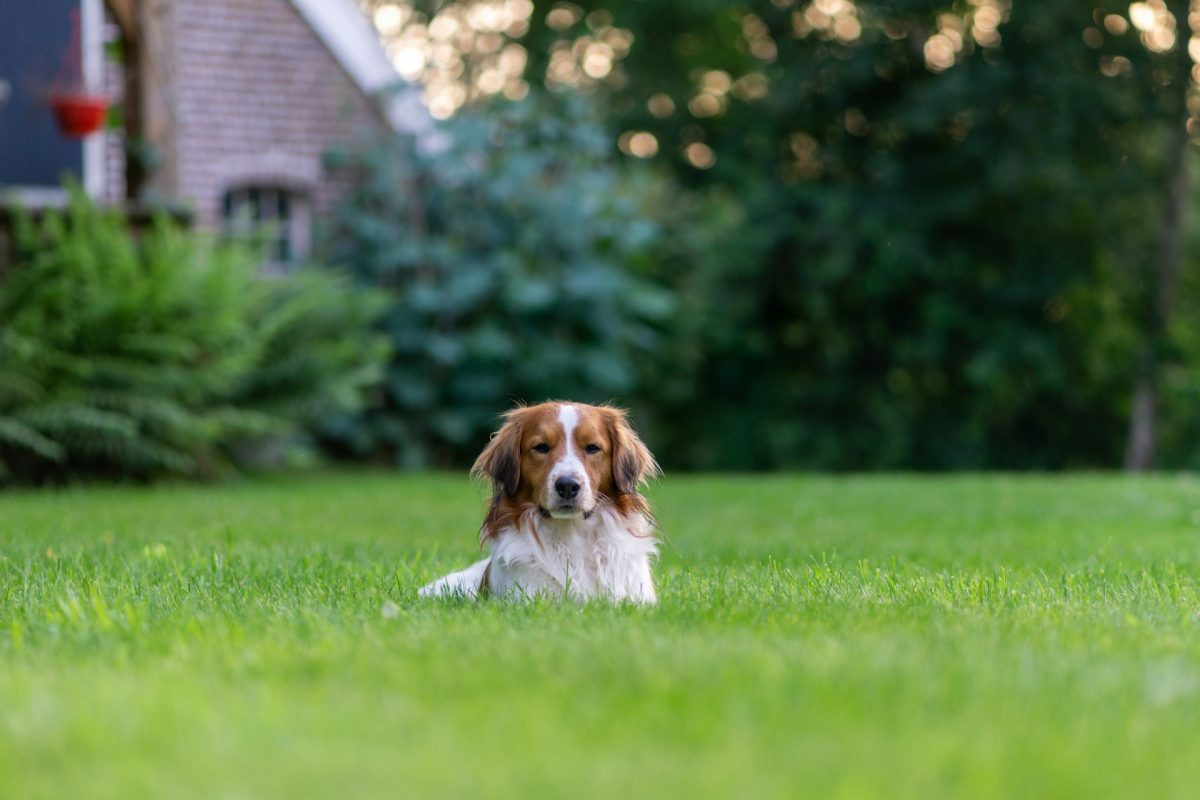Training your dog is not just about teaching them tricks; it’s about establishing communication, ensuring safety, and strengthening the bond between you and your furry friend. Whether you’re a new pet parent or looking to brush up on your dog’s training, mastering these 10 essential commands is crucial. Each command serves a unique purpose, from ensuring your dog’s safety to improving their social interactions. Let’s dive into the commands that every dog should know.
1. Sit
The “Sit” command is fundamental in dog training. It’s often the first command taught because it establishes a basis for discipline and sets the stage for learning more complex commands. Teaching your dog to sit on command can calm them down in excited states and prepare them for further instructions.
How to teach it: Hold a treat close to your dog’s nose, and slowly lift your hand up, allowing their head to follow the treat and causing their bottom to lower. Once in the sitting position, say “Sit,” give them the treat, and share affection.
2. Stay
“Stay” is crucial for controlling your dog’s movements, especially in potentially dangerous situations. It teaches them patience and helps manage their impulses.
How to teach it: Ask your dog to “Sit.” Then, open the palm of your hand in front of you, and say “Stay.” Take a few steps back. Reward them with a treat and affection if they stay. Increase the number of steps gradually over time.
3. Come
The “Come” command can prevent a minor situation from becoming a major one, such as when your dog escapes the leash or is heading towards a dangerous area.
How to teach it: Put a leash and collar on your dog. Get down to their level and say “Come” while gently pulling on the leash. When they come to you, reward them with affection and a treat.
4. Down
This submissive posture can be one of the more challenging commands to teach due to its imposition on the dog. However, it’s an excellent command for promoting calm and submissive behavior.
How to teach it: Find a particularly good-smelling treat, and hold it in your closed fist. Hold your hand up to your dog’s snout. When they sniff it, move your hand to the floor, so they follow. Slide your hand along the ground in front of them to encourage their body to follow their head. Once in the down position, say “Down,” give them the treat, and share affection.
5. Leave It
This command helps prevent your dog from focusing on or picking up things they shouldn’t. It’s essential for their safety.
How to teach it: Hold a treat in both hands. Show them one enclosed fist with the treat inside, and say, “Leave it.” Ignore the behaviors they use to get the treat and wait until they stop trying. Then give them the treat from the other hand. Repeat until your dog moves away from the first fist when you say “Leave it.”
6. Heel
The “Heel” command is about teaching your dog to walk beside you, rather than pulling on the leash. It’s useful for keeping your dog close and under control in crowded or potentially dangerous situations.
How to teach it: Start with your dog on a leash, say “Heel,” and begin walking. When your dog is in the correct position, reward them. If they pull or stray, stop walking until they return to your side.
7. No
“No” is a simple but essential command for stopping unwanted behavior. It’s a way to communicate to your dog that their current action is unacceptable.
How to teach it: When you catch your dog in an undesired behavior, say “No” in a firm, calm voice. Immediately redirect them to a positive behavior and reward them.
8. Off
This command is useful for teaching your dog not to jump on people or furniture. It helps establish boundaries within the home and when interacting with others.
How to teach it: When your dog jumps on you or something else, say “Off,” and guide them gently to the floor. Reward them when all four paws are on the ground.
9. Drop It
Whether your dog picks up something dangerous or just something you don’t want them to have, “Drop It” is a command that can prevent them from ingesting harmful items.
How to teach it: Hold a treat in one hand and a toy in the other. Encourage your dog to grab the toy, and then offer the treat while saying “Drop it.” Praise them when they drop the toy and give them the treat.
10. Quiet
Barking is natural for dogs, but excessive barking can be problematic. The “Quiet” command helps manage this behavior.
How to teach it: Wait for your dog to start barking, then say “Quiet” in a calm, firm voice



